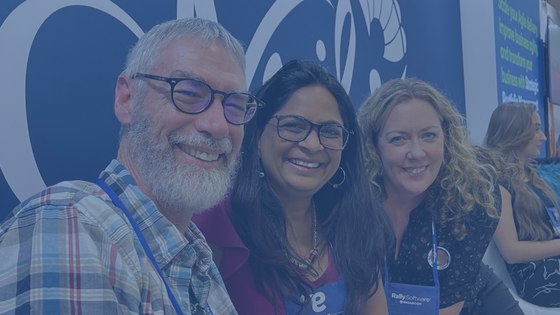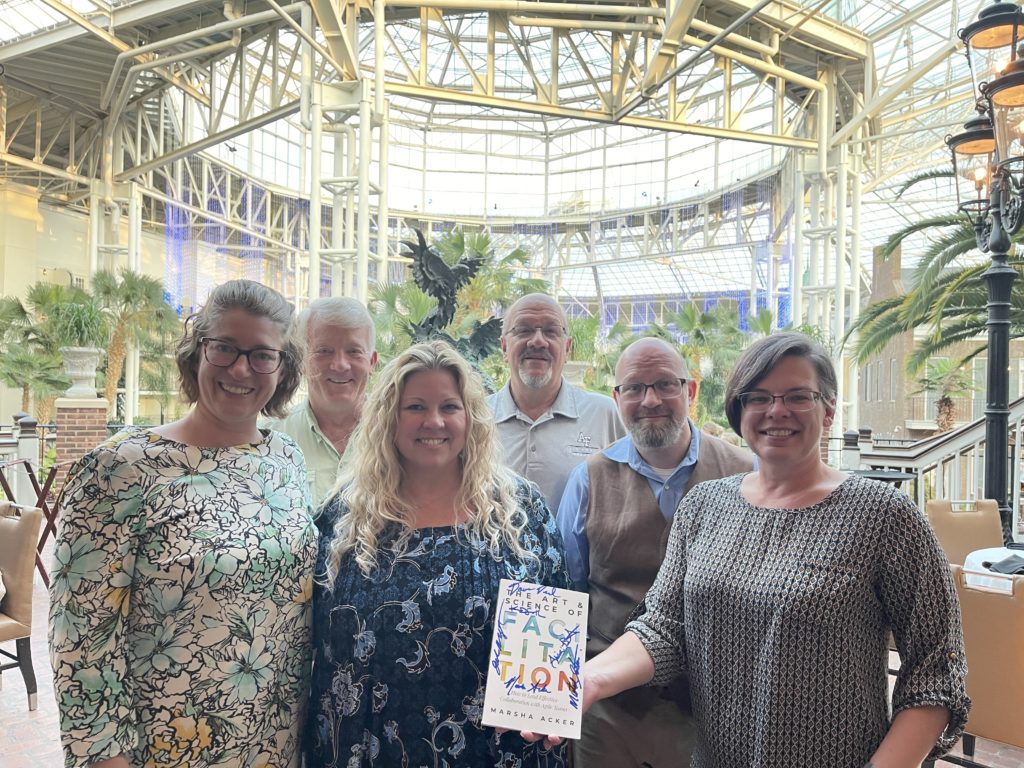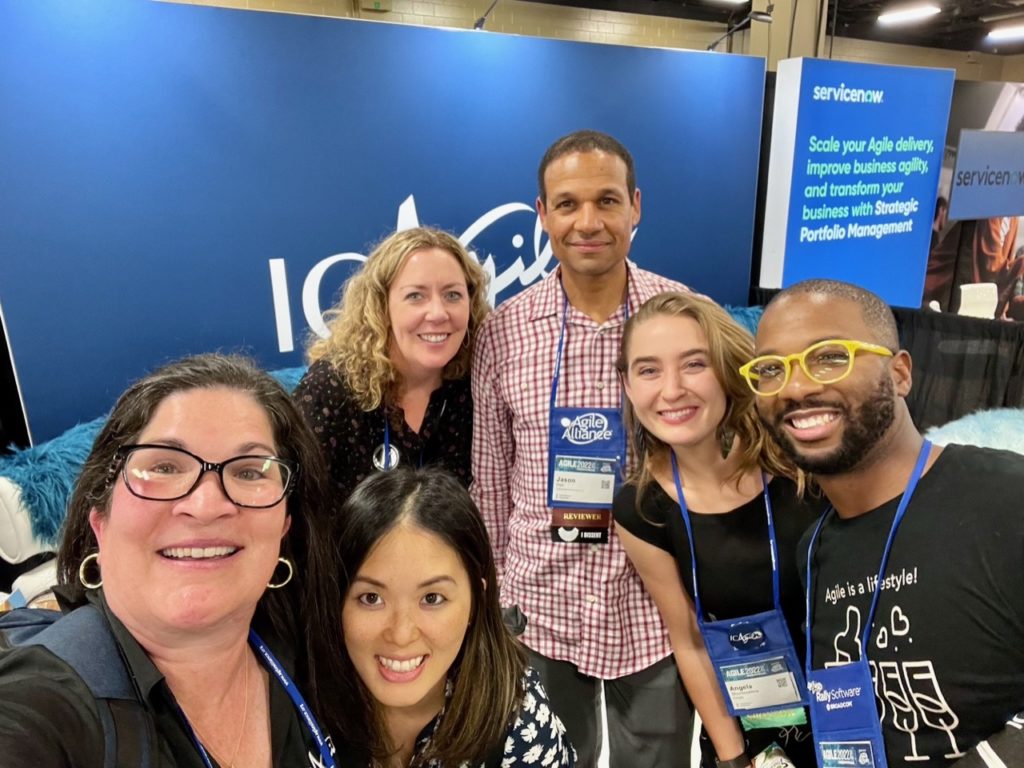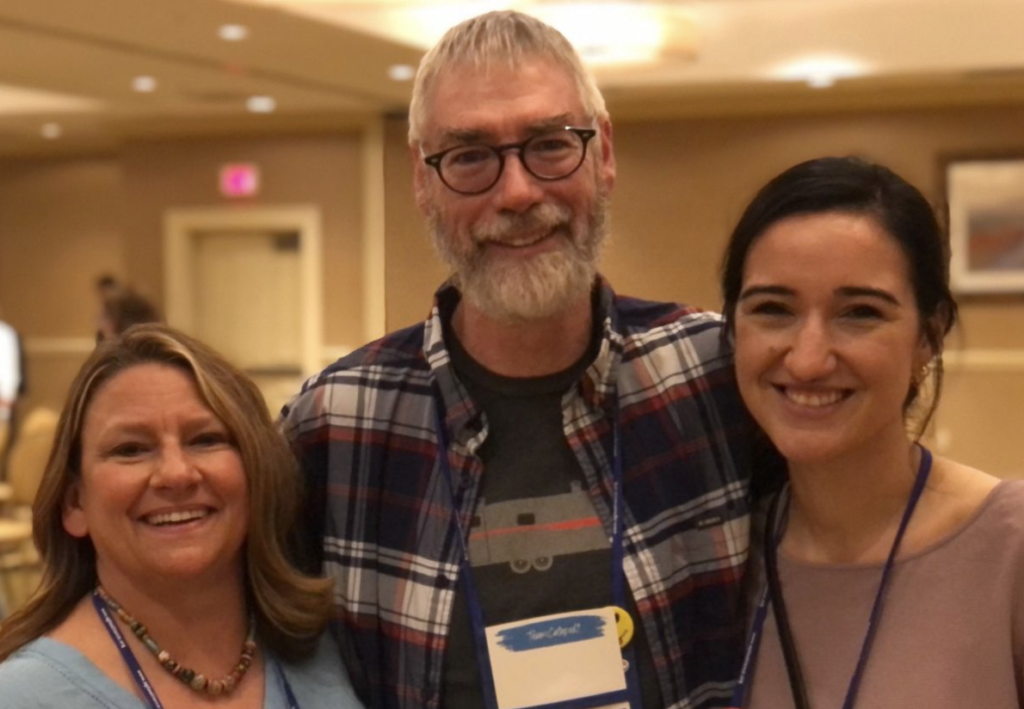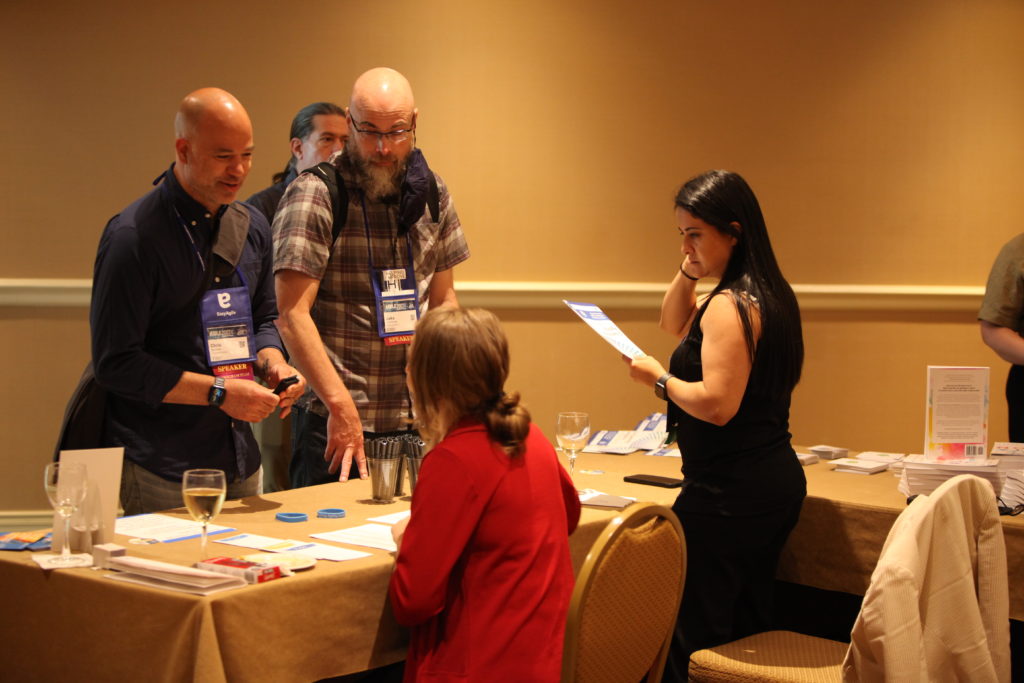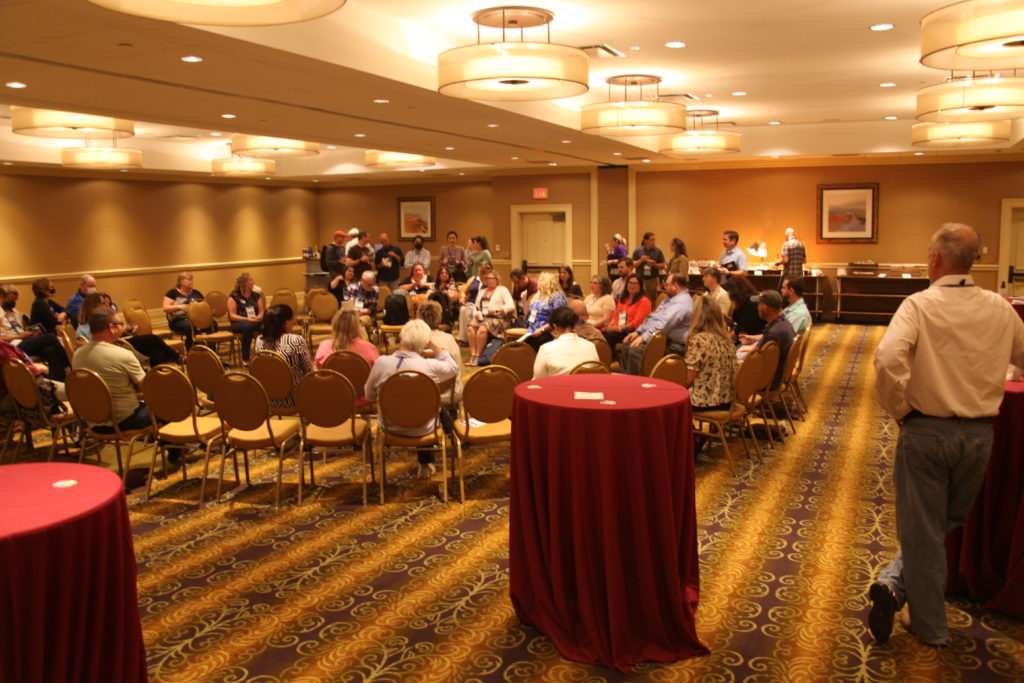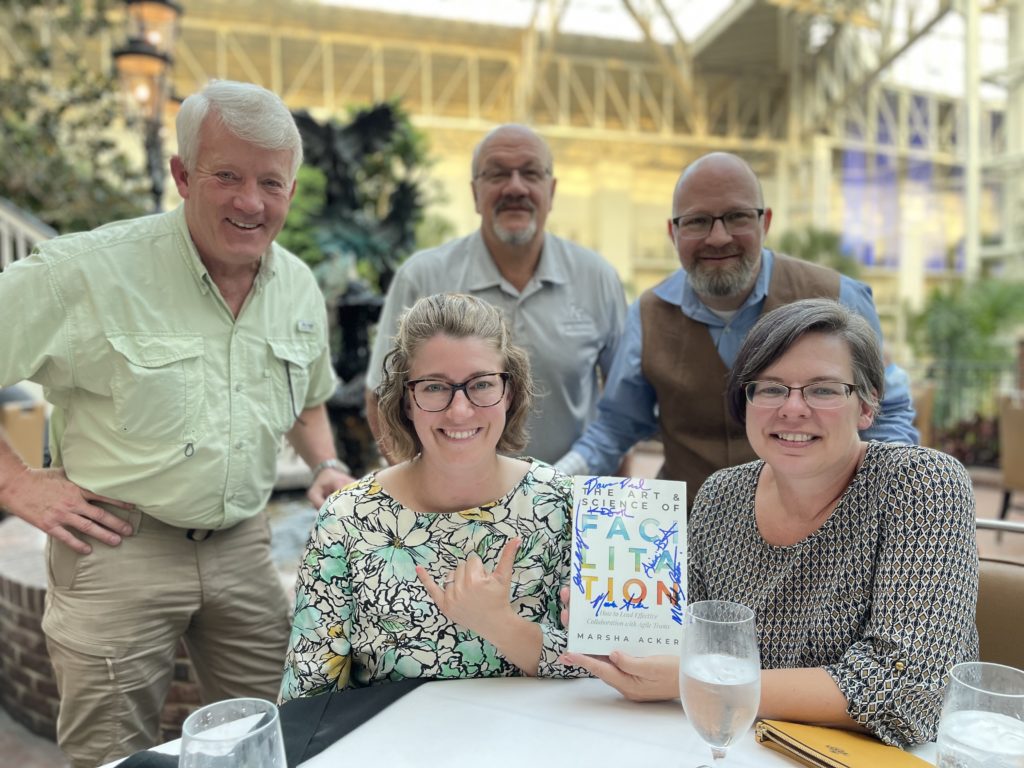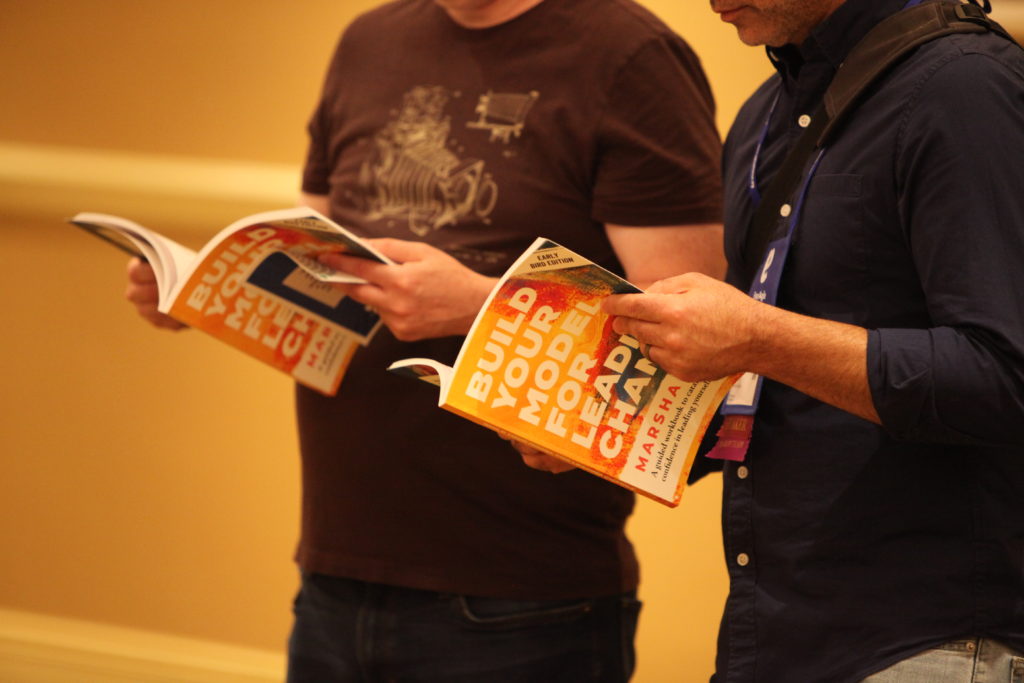No matter where you are in your leadership journey: at the beginning, in the middle or on top of your game, at some point in your career you will be asked to compromise for the ‘good of the team’.
Now, chances are high that we all experience this situation at one time or another. So it’s prudent to reflect on it and think about it so you’re prepared when it occurs. .
The truth is I was asked this question a few years ago. Fortunately, I was able to articulate three things I am not willing to compromise on. No matter what.
As I wrote them down, I found comfort knowing that if I feel myself wavering, I can easily go back to these three things. I encourage you to make your own list and to put it somewhere where you can reference it quickly.
Some might even consider that this is about your reputation and your self-preservation that’s at risk.
What Will You Never Compromise On in Your Career?
Here are the 3 things I’ve identified I will not compromise on.
1 Doing work for free
If you’re just getting started in business it can be easy to fall into the trap of giving away work for free.
Don’t do it.
It devalues what you bring and the product or service you have to offer. Instead, have a purpose driven strategy for when you might discount work or do pro-bono work and stick with it.
I have discounted rates in order to support a cause or non-profit mission that I believe in.
2 Doing work with others when it’s not a good fit
Early on in my company I was focused on revenue and keeping the lights on. That led to clients and partnerships that I didn’t really enjoy.
As Marie Kondo says, those relationships did not bring me joy.
Today, I trust my instincts and when I meet someone – potential colleague, client or business partner – and the relationship just feels ‘off’, or I’m having to work too hard to move things forward, then I know it’s not a good fit. I’m always asking myself ‘does this bring me joy?’
3 Saying yes to projects without clear goals
When asked to contribute to someone else’s projects, I don’t immediately say no.
I am often asked to contribute my
- Time
- Funds, i.e. sponsorship
- Thoughts, i.e. podcast, blog, speaking
Before I say decline or accept, I honor the value of being curious and ask for distinct goals.
If there are no clear goals, no measures of success put in place, no data to be shared with myself and my team, I pause to evaluate if this is worth my (our) time? If not, I circle back up to #1 and 2 and I decline.
Ideally, goals align for all parties. If the goals set forth do not align with my own business goals, I will also decline.
Build Your Career Your Way
I encourage you to do this work soon.
Answer the question:
“What are 3 things I would never compromise on” and write down your answers.
Someday soon you’ll be glad you did.
You will save yourself a lot of headaches, frustration, time and ultimately money!
~Marsha
